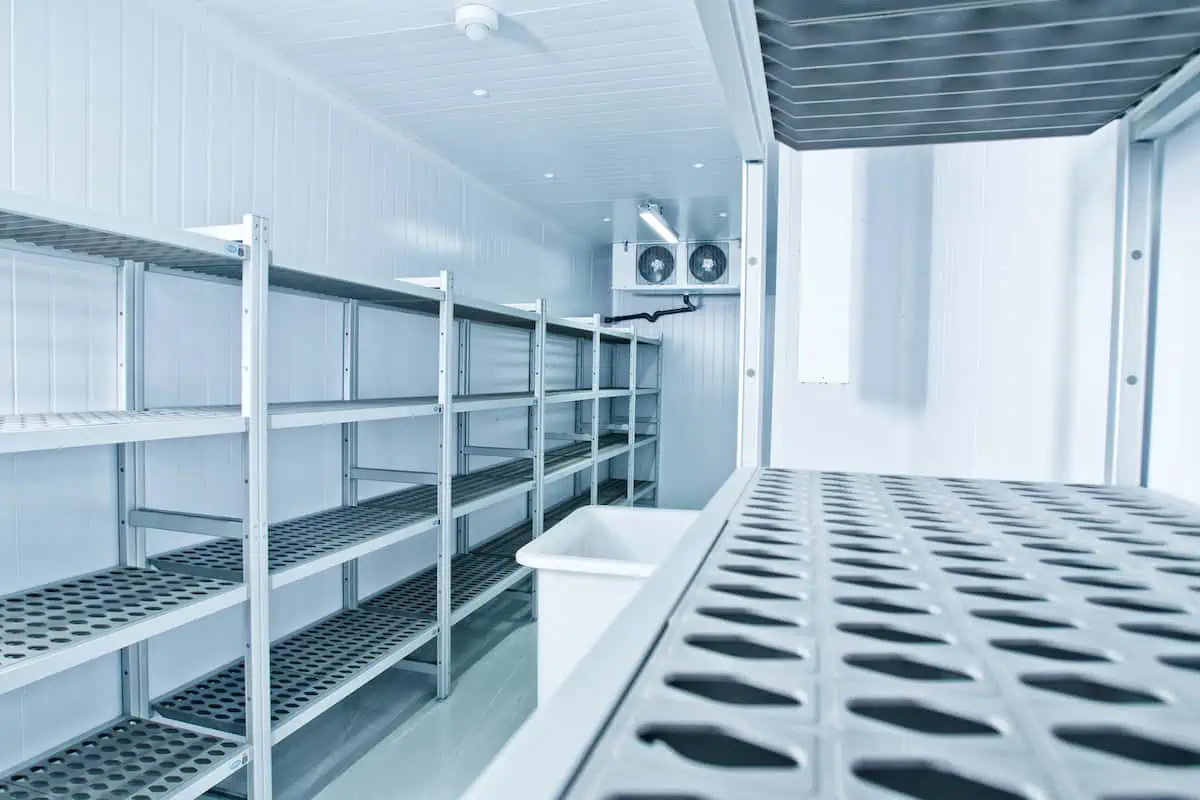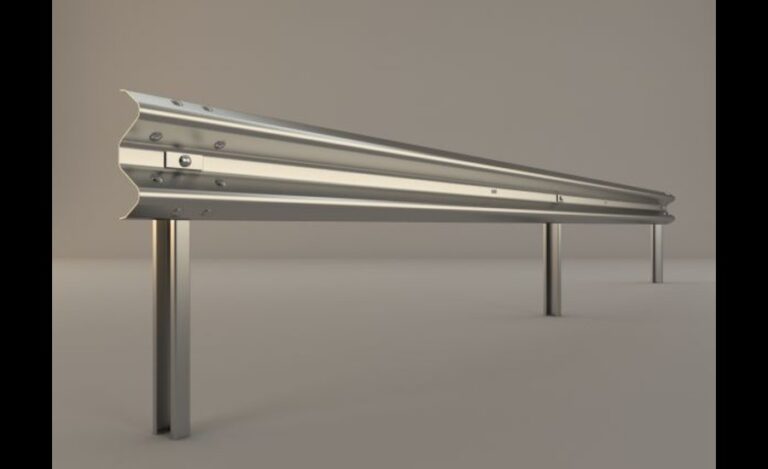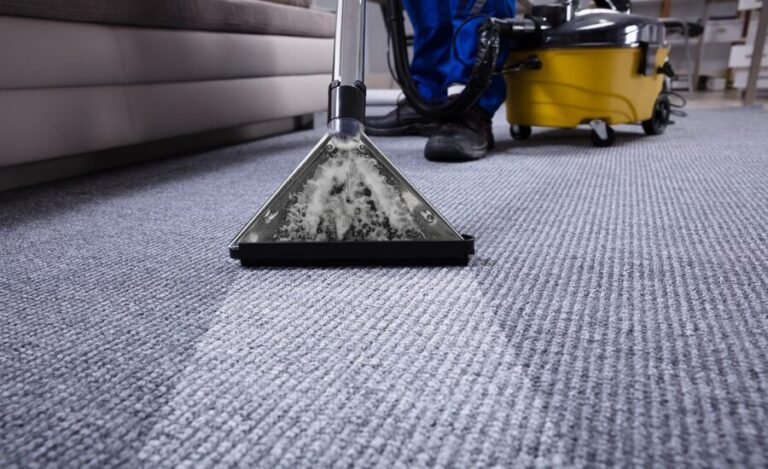The Importance of Walk-In Refrigerators and Walk-In Freezers for Commercial Establishments
In the world of commercial kitchens, restaurants, supermarkets, and large-scale food storage facilities, refrigeration is a vital component. Ensuring that perishable goods are kept at optimal temperatures is not only important for maintaining quality but also for adhering to strict health and safety regulations. Among the most essential equipment for such purposes are walk-in refrigerators and walk-in freezers. These large, enclosed storage units are specifically designed to house large quantities of food and other temperature-sensitive products, maintaining them at specific temperatures for extended periods.
In this article, we will delve into the significance of walk-in refrigerators and freezers, their functionality, benefits, maintenance, and how they are a critical investment for any business that deals with perishable goods.
What are Walk-In Refrigerators and Freezers?
Walk-in refrigerators and walk-in freezers are essentially large storage rooms with refrigeration systems installed to keep the interiors at specific low temperatures. These units are designed for businesses that need significant refrigeration capacity beyond what a traditional reach-in fridge or freezer can provide. Unlike conventional refrigerators and freezers, walk-in units are large enough to allow individuals to walk into them and move freely inside.
Walk-in refrigerators typically maintain temperatures between 35°F and 40°F (1.6°C to 4.4°C), ideal for preserving fresh foods, dairy products, and beverages. On the other hand, walk-in freezers operate at sub-zero temperatures, generally around -10°F to 0°F (-23.3°C to -17.8°C), which is essential for freezing meats, fish, ice cream, and other frozen goods.
Key Features of Walk-In Refrigerators and Walk-In Freezers
There are several key features that make walk-in refrigerators and freezers highly effective for commercial use:
- Temperature Control: Both walk-in refrigerators and freezers are equipped with advanced temperature control systems. This ensures that the internal environment remains consistent, which is vital for preserving the quality and freshness of stored goods. Many units offer digital temperature controls that allow for precise adjustments.
- Insulation: High-quality insulation is a critical feature of walk-in units. Thick insulation, usually made from polyurethane or polystyrene, helps maintain a stable temperature by preventing external heat from entering the unit. Proper insulation ensures energy efficiency and reduces the load on the refrigeration system.
- Shelving and Storage: Walk-ins are typically equipped with adjustable shelves that allow for organized storage. Shelving is often designed to support heavy loads and optimize the use of space within the unit.
- Durability: These units are constructed with sturdy materials such as stainless steel or aluminum to withstand heavy use in commercial environments. Their durability ensures they can endure constant opening and closing of doors, heavy traffic, and the movement of large items.
- Lighting: Most walk-in units come with built-in lighting to ensure easy visibility of products, even in the cold environment.
- Door Features: The doors of walk-in refrigerators and freezers are equipped with heavy-duty gaskets to create a tight seal, preventing the escape of cold air. Many models also feature self-closing doors, which help maintain the interior temperature and reduce energy consumption.
Benefits of Walk-In Refrigerators and Freezers
1. Large Storage Capacity
One of the primary advantages of using walk-in refrigerators and freezers is their ability to store large quantities of perishable goods. Whether you run a restaurant, grocery store, or catering service, these units provide ample space to accommodate significant inventory. This allows businesses to purchase goods in bulk, reducing the frequency of deliveries and ensuring they have adequate stock on hand to meet demand.
2. Temperature Consistency
Maintaining a consistent temperature is crucial in the food industry, where even minor fluctuations can lead to spoilage and waste. Walk-in units are designed to keep the internal temperature steady, even with frequent opening and closing. This consistency helps preserve the quality and safety of perishable products.
3. Energy Efficiency
Modern walk-in refrigerators and freezers are designed with energy efficiency in mind. Advanced insulation, high-performance compressors, and energy-efficient lighting systems reduce the overall power consumption of these units. For businesses, this translates to lower utility bills and a reduced environmental footprint.
4. Improved Organization
With adjustable shelving and the option to customize storage space, walk-in units allow for better organization. This makes it easier for staff to access the products they need, streamlining operations in busy commercial kitchens or retail environments. An organized walk-in unit also helps prevent food from being forgotten and going to waste.
5. Compliance with Health and Safety Regulations
The food industry is heavily regulated when it comes to food safety, particularly in terms of storage temperatures. Walk-in refrigerators and freezers provide a reliable solution for meeting these regulations. By keeping food at appropriate temperatures, businesses can avoid costly penalties or the risk of foodborne illnesses.
Factors to Consider When Choosing Walk-In Refrigerators and Freezers
When investing in a walk-in refrigerator or freezer, it’s important to consider several factors to ensure you select the right unit for your needs.
1. Size and Capacity
Before purchasing a walk-in unit, carefully assess your storage needs. Consider the volume of products you need to store and the space available at your facility. Walk-in units come in various sizes, from small compact models to large industrial units, so it’s important to choose one that fits both your storage requirements and available floor space.
2. Type of Door
Walk-ins are available with different types of doors, including hinged, sliding, and glass doors. Hinged doors are the most common, offering a tight seal and easy access, while sliding doors are ideal for spaces with limited clearance. Glass doors are popular in retail settings, as they allow customers to view products without opening the door and releasing cold air.
3. Refrigeration System
The efficiency of the refrigeration system is critical to the performance of the walk-in unit. There are two main types of systems: self-contained and remote. Self-contained systems have the condenser and evaporator built into the unit, making installation easier. Remote systems, on the other hand, have the condenser located outside the building, which reduces noise and heat inside the facility.
4. Flooring
Consider the type of flooring in your walk-in refrigerator or freezer. Some units come with built-in flooring, while others may be installed directly on the existing floor. Slip-resistant and durable flooring is essential in high-traffic areas to prevent accidents and ensure longevity.
5. Maintenance and Cleaning
Walk-in units require regular maintenance to ensure optimal performance. Look for models that are easy to clean, with smooth surfaces and easily accessible components. Routine maintenance tasks, such as checking seals, cleaning coils, and defrosting, should be manageable for staff.
Maintenance Tips for Walk-In Refrigerators and Freezers
Proper maintenance is key to extending the life of your walk-in refrigerator or freezer and ensuring it continues to operate efficiently. Here are some tips to keep your unit in top shape:
- Regularly Clean the Interior: Keep the interior of your walk-in clean by wiping down shelves, walls, and floors. This prevents the buildup of dirt, mold, and bacteria, which can affect the safety of stored goods.
- Inspect Door Seals: Over time, the seals around the door can wear down, leading to cold air leakage. Regularly inspect the door seals and replace them if necessary to maintain energy efficiency.
- Monitor Temperature Settings: Continuously monitor the temperature inside the walk-in to ensure it remains within the desired range. This can help identify potential issues with the refrigeration system before they become major problems.
- Check the Condenser and Evaporator Coils: Dirty coils can reduce the efficiency of the refrigeration system. Clean the condenser and evaporator coils regularly to ensure they are free of dust and debris.
- Schedule Professional Maintenance: While some maintenance tasks can be handled by staff, it’s important to schedule regular inspections by a professional technician. They can check for issues like refrigerant leaks, malfunctioning fans, or compressor problems.
Conclusion
Investing in a high-quality walk-in refrigerator or walk-in freezer is essential for any business involved in food service, retail, or large-scale storage. These units offer the capacity, temperature control, and energy efficiency needed to preserve perishable goods effectively. By understanding the key features and benefits of walk-ins, as well as the factors to consider when choosing one, businesses can make informed decisions that enhance their operations, reduce waste, and ensure compliance with safety regulations.
Walk-in refrigerators and freezers are more than just storage units; they are integral to the success and sustainability of any business that relies on refrigeration. With proper maintenance and care, these units will continue to serve as reliable and efficient solutions for years to come.





